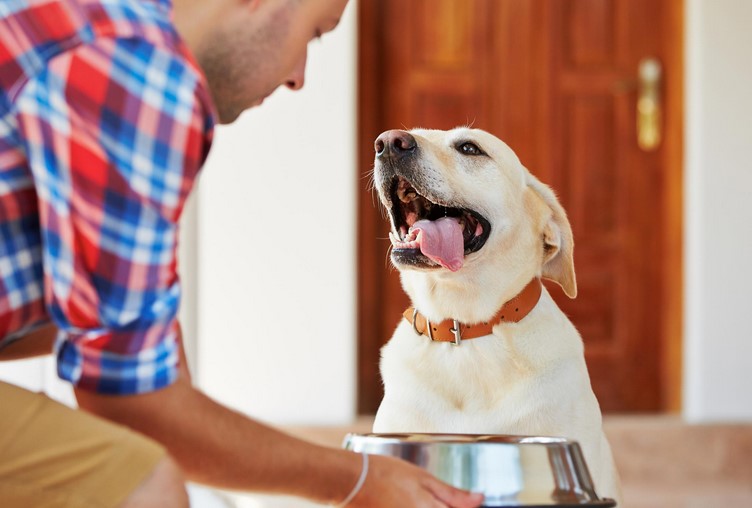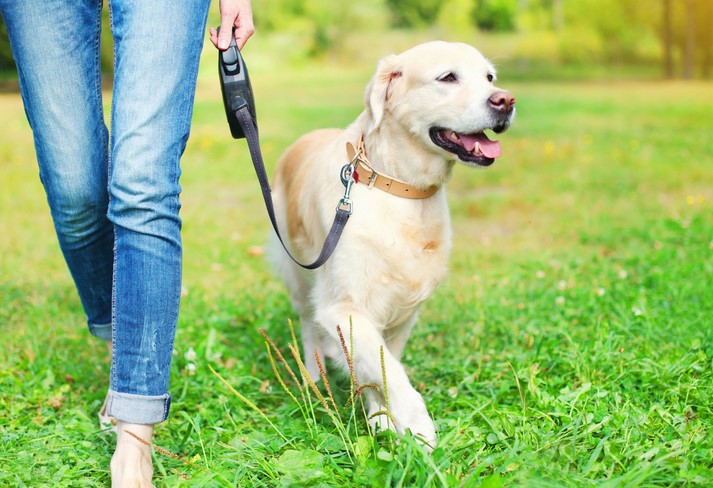In order to ensure that your dog’s coat stays beautiful and shiny, feed your dog a nutritionally balanced diet. Your dog needs omega fatty acids and protein for good skin and hair, so be sure to provide a diet that contains plenty of those. Fresh fish, such as tuna or salmon, can also help improve the coat of your dog. However, it is not known how much fish to give your dog, so you may want to experiment.
Did you know that nothing affects the condition of your pet’s coat more than his food? Diets rich in omega-3 fatty acids, protein, vitamins, and minerals play an essential part in caring for your pet’s skin and coat. Omega-3 fatty acids (DHA and EPA) help protect the skin and coat and keep it shiny. EPA helps combat inflammation and helps the skin resist environmental damage from toxins.

A good diet should be high in protein and fresh fat. Fresh protein is essential to your dog’s coat health. Fresh protein and fat also aid the body’s ability to produce and retain healthy skin and hair. If you want to see a noticeable difference in your dog’s coat, look for a food that is formulated specifically for coat health. Many food manufacturers offer special dry dog foods for coat health, but only some of them contain high-quality ingredients.
Besides being high in omega fatty acids, your dog’s coat also indicates good health. Healthy skin produces shiny hair, while dry skin results in split and broken strands of hair. Foods with adequate omega -3 fatty acids also help reduce itchiness and inflammation. If you’re worried that your dog’s diet doesn’t provide enough omega-3 fatty acids, consider buying a supplement.
The omega fatty acids in your dog’s food can help make it shinier and healthier. These fatty acids help your dog retain moisture and protect from the effects of the environment. They also boost the immune system, which results in a shiny coat. They can also help your dog maintain a healthy coat by consuming foods rich in salmon oil, krill, fish meal, and flaxseed.

Another important mineral for your dog’s coat is zinc, which is found in most high-quality dog food. Zinc prevents inflammation, itchiness, and infections. Deficiencies in zinc can cause crusts to form on the skin. Several breeds of dogs require high levels of zinc, such as Siberian huskies and Alaskan malamutes. Copper, which is essential for the production of pigments in the fur, helps your dog’s skin look healthy.
Proper protein intake is also important for dogs’ coat and skin. Proper protein intake accounts for 25-30% of your dog’s daily food. Hair is made up of 95% proteins, so a lack of protein can lead to a thinner, less supple coat. Animal, plant, and insect protein should make up 18-29% of your dog’s diet. When choosing a food source, remember to consider what it contains, too.
Dog owners who want to care for their pets’ skin and coat should strive to feed them a quality, nutritious diet. The benefits of puppy training are many including happier, healthier pets that are easier to live with but one of the great things it can do is help your dog reach his full potential health-and-behavior wise. So what kinds of resources should you use when you want your puppy to reach his full potential? There are innumerable ways to do so, but we think that puppy agility training is an excellent place to start.








